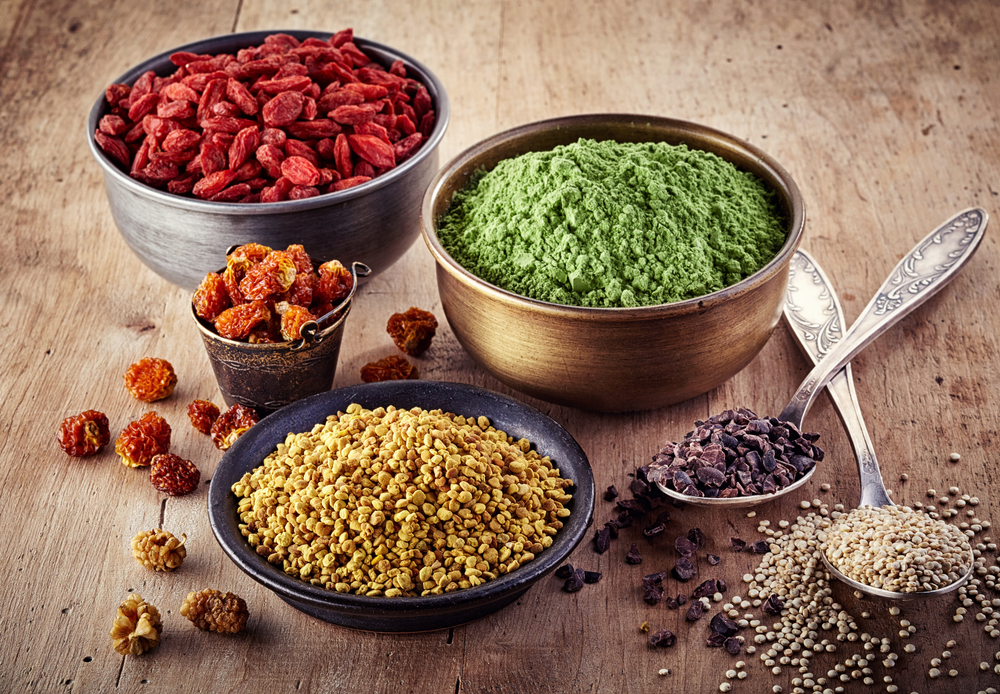The best way to eat if you want to banish tiredness is to have a healthy, balanced diet that contains foods from the four main food groups in the right proportions.
The four food groups are:
fruit and vegetables
potatoes, bread, rice, pasta and other starchy foods
milk and dairy foods
beans, pulses, fish, eggs, meat and other non-dairy sources of protein
Eat at regular intervals
If you eat at regular times, your body knows when your next meal is coming and learns to manage feelings of hunger and sustain your energy levels.
Try to eat three meals a day and limit snacks – especially high-fat ones – between meals.
Breakfast boosts your energy
Breakfast gives you the energy you need to face the day. Despite this, up to one-third of us regularly skip breakfast, according to the British Dietetic Association (BDA).
Go for healthier options, such as porridge with fruit, vegetable omelette, or wholemeal toast with a scraping of low-fat spread or jam.
If you can’t face eating as soon as you get up, take a high-fibre snack to eat on the run, rather than snacking on high-sugar or high-fat foods.
Here are five healthy breakfasts, plus how to choose healthy breakfast cereals.
Aim for at least 5 A DAY for more vitality
Most people in the UK eat too much fat, sugar and salt, and not enough fruit and vegetables.
Fruit and vegetables are good sources of vitamins, minerals and fibre – essential nutrients that your body needs to work properly.
Try to incorporate at least five portions of a variety of fruit and veg into your daily diet. They can be fresh, frozen, tinned, dried or juiced.
Find tips on how to boost your fruit and veg intake.
Read more about how to get your 5 A DAY.
Slow-burning starches give sustained energy
Starchy foods – also called carbohydrates – such as potatoes, bread, cereals and pasta are an important part of a healthy diet. They’re a good source of energy and the main source of a range of nutrients.
Starchy foods should make up just over a third of everything you eat. There are different types of starch. Where possible, go for slow-burning wholegrain or wholemeal varieties, as they release energy gradually.
Read more about healthy starchy foods.
Sugar steals your stamina
Adults and children in the UK eat too much sugar. Sugar is not only bad for your teeth, it can also be bad for your waistline. It gives you a rush of energy, but one that wears off quickly.
Cutting out all sugar is virtually impossible. There are natural sugars in lots of foods, including fruit and veg, and you don’t need to avoid these.
However, it’s a good idea to cut down on foods with lots of added sugar, such as sweets, cakes, biscuits, non-diet fizzy drinks and chocolates.
Read the facts about sugar.
Iron-rich foods prevent fatigue
Four in 10 (40%) girls and women aged 16-24 and almost half (44%) of girls aged 11-15 have low iron stores, according to the National Diet and Nutrition Survey.
Being low on iron can make you feel tired and faint, and look pale.
While red meats, green vegetables and fortified foods such as breakfast cereals are good sources of iron, the important thing is to eat a range of foods to get enough iron.
Here’s more advice on good sources of iron.
Non-alcoholic drinks boost zest levels
Watch your alcohol intake. It can dehydrate you, which will make you feel tired.
Make sure you stay hydrated by drinking plenty of fluids – the government recommends 6-8 glasses every day. This is in addition to the fluid we get from the food we eat. All non-alcoholic drinks count, but water and lower-fat milk are healthier choices.
Read more about healthy drinks.
Eat enough to pack a punch
Make sure you eat the right amount for your activity level. The average man needs around 2,500 calories a day, and the average woman needs 2,000 calories. Remember, we all overestimate how active we are.
Learn how to understand calories.
